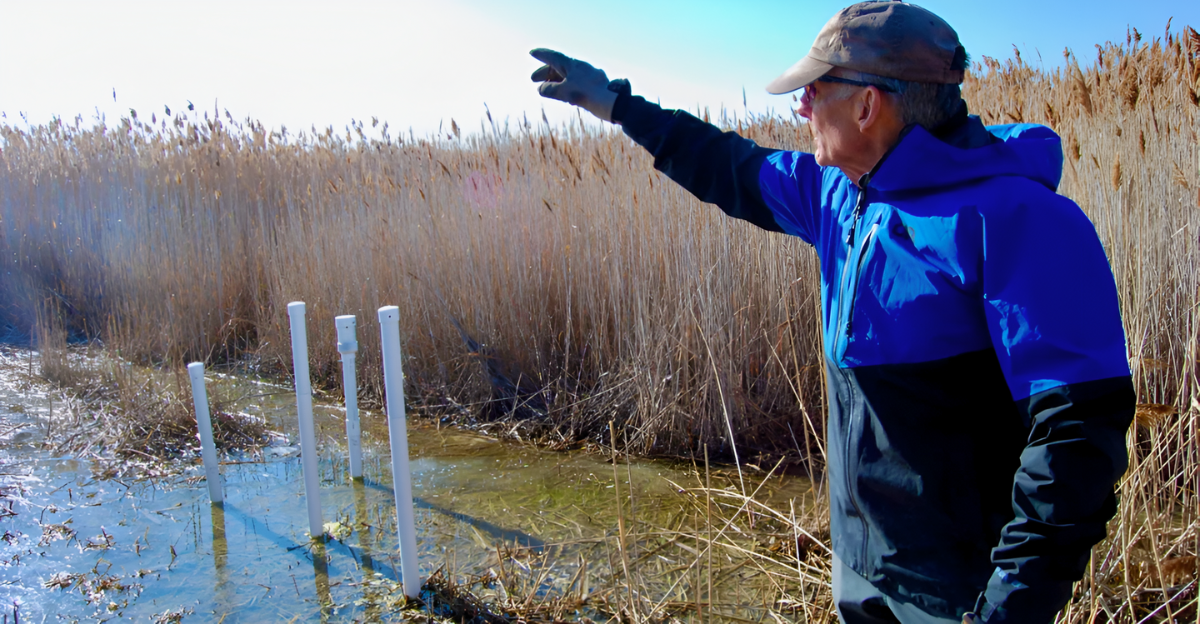
In early 2025, Utah’s Great Salt Lake revealed a spectacle no one expected: dozens of reed-covered islands rising from the exposed lakebed. These patches of green stood in stark contrast to the bone-white salt crust around them. Instead of lifeless sandbars, locals saw vibrant circles of reeds thriving in one of America’s harshest environments.
News spread quickly, with scientists rushing to investigate what they described as an “ecological anomaly” before the fragile formations disappeared. These living islands introduced mystery, urgency, and hope for a shrinking lake long associated with loss.
A Vanishing Lake, A New Puzzle
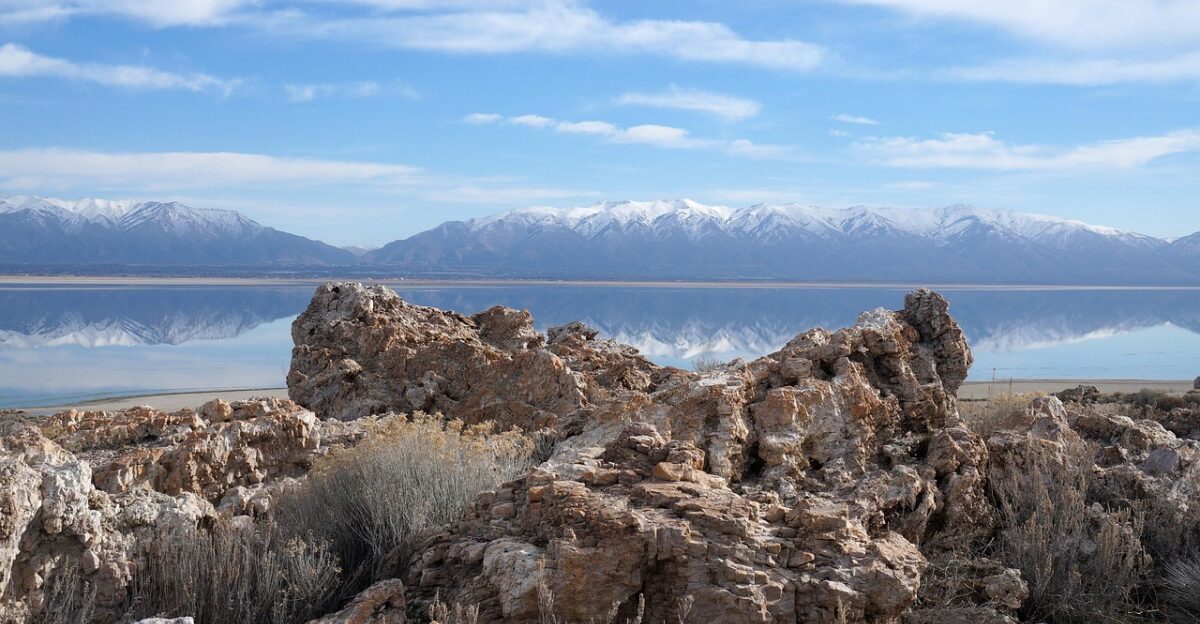
According to U.S. Geological Survey records, the islands appeared as the Great Salt Lake dropped to record lows, more than nine feet lower than in the 1980s. While Utahns feared worsening dust storms, scientists discovered unexpected greenery on the barren playa.
The timing raised the question of how fresh reeds could survive in hypersaline terrain. Experts noted that shrinking waters often expose relics of the past, but this was different. Instead of ruins, the lakebed seemed to generate life, challenging assumptions about one of North America’s most threatened ecosystems.
First Glimpse of Something Unfamiliar
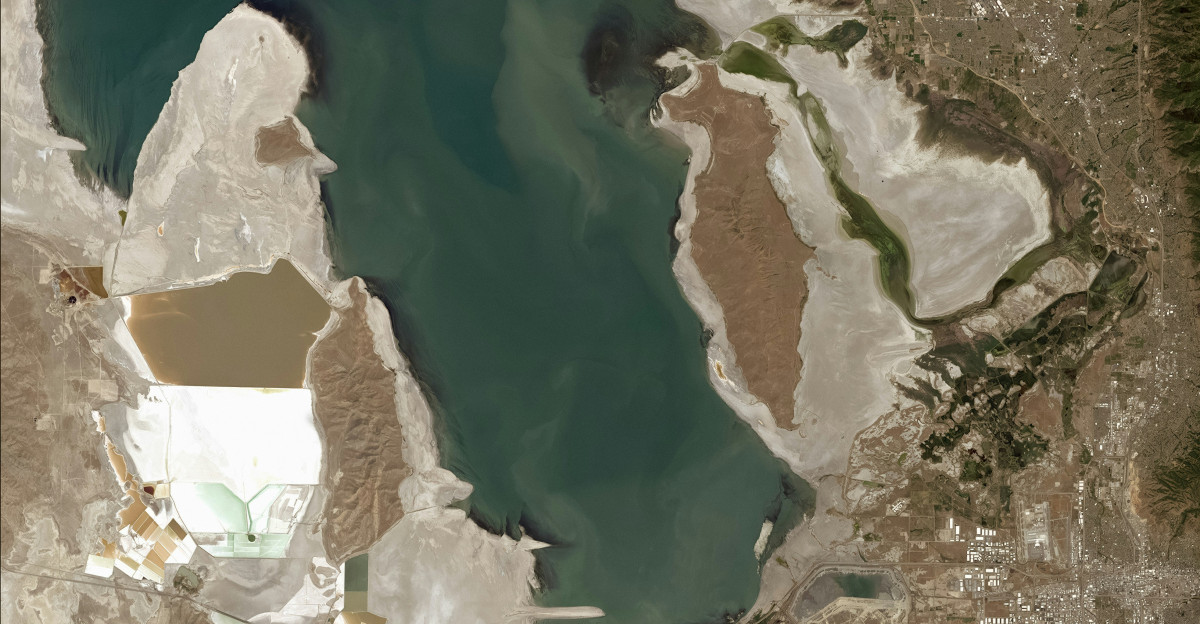
University of Utah geologist Bill Johnson recalled surveying the receding shoreline when he noticed “a circle of water and gas roiling on the surface … twice the size of an airboat,” as he told the Salt Lake Tribune. His team marked the anomaly and soon realized it wasn’t isolated.
Satellite imagery revealed dozens of green patches scattered across the playa. Each seemed perfectly round, sparking speculation about whether the phenomenon was groundwater bubbling up, a quirk of geology, or something no one had yet considered.
Circles That Shouldn’t Exist
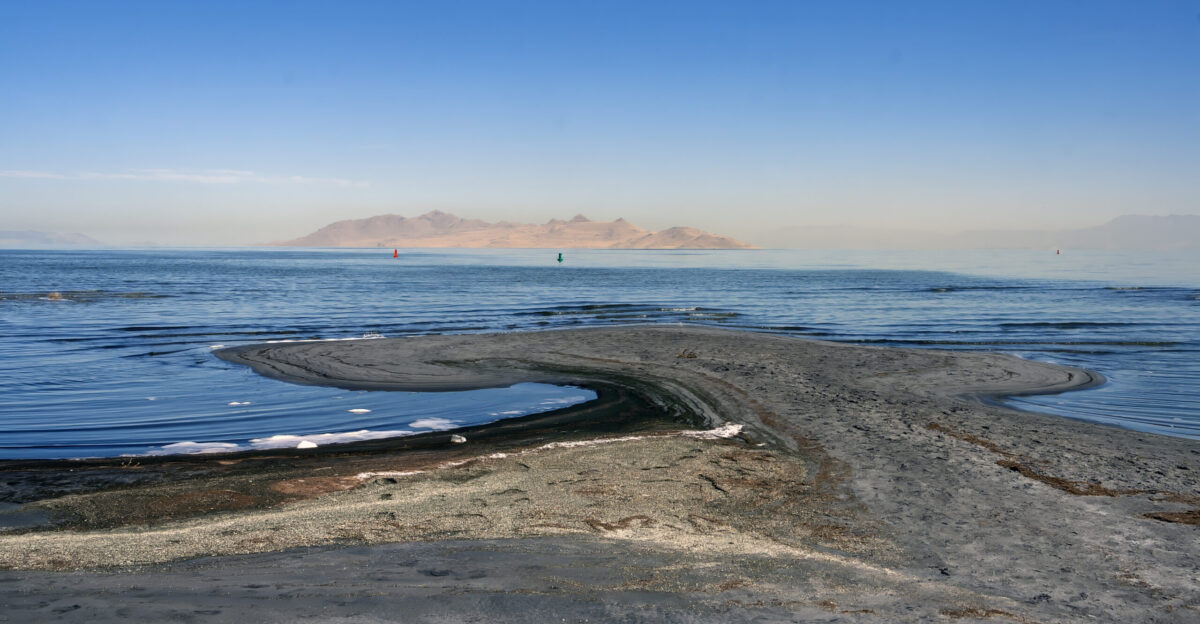
Closer inspection showed dense clusters of phragmites reeds rooted in damp soil where plants should not grow. Phragmites are invasive, often overrunning wetlands, yet they flourished in the middle of a salt desert. Each mound was nearly circular, resembling coins dropped on the crust.
Researchers tested the soil and found moisture beneath their feet. “It was wet where wet shouldn’t be,” Johnson explained. The circles defied logic with living oases thriving inside a landscape famous for lifeless salt flats.
Fresh Water in a Salt Desert
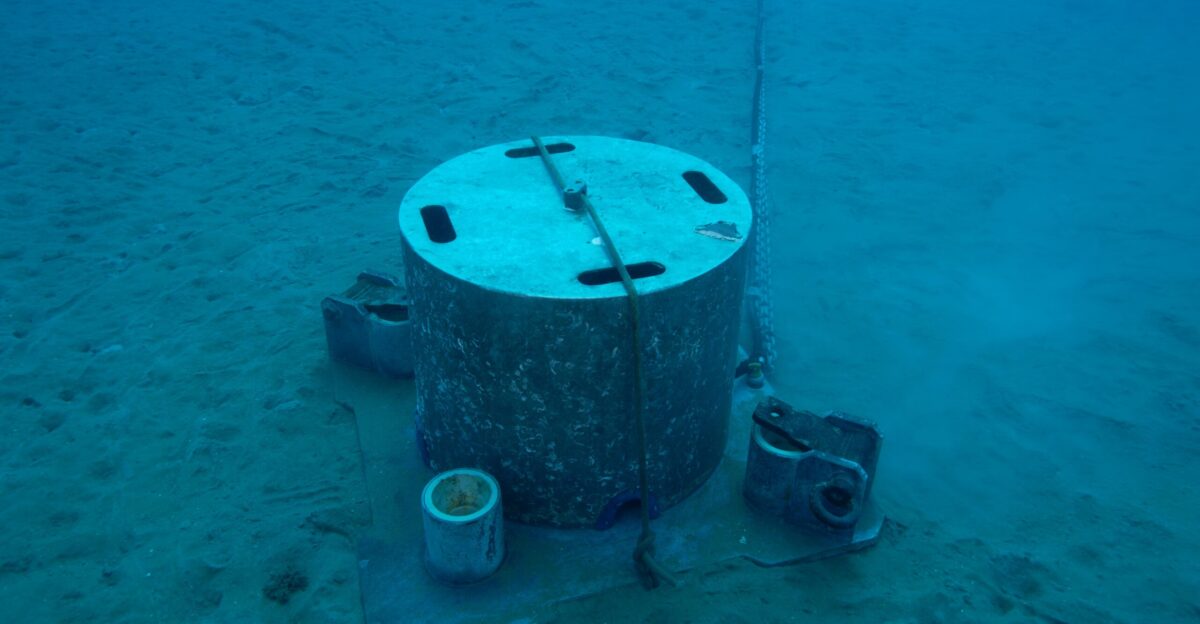
Scientists quickly asked the obvious: Where was the water coming from? Early sampling revealed it was fresh enough for reeds, unlike the toxic brine surrounding it. Researchers installed piezometers—devices measuring groundwater flow—to monitor the islands.
The results confirmed that each mound wasn’t just surface runoff but connected to something more profound. The data hinted at a hidden water system under the lake, raising the possibility that the Great Salt Lake held more secrets underground than on its surface.
Hidden Plumbing Beneath the Playa
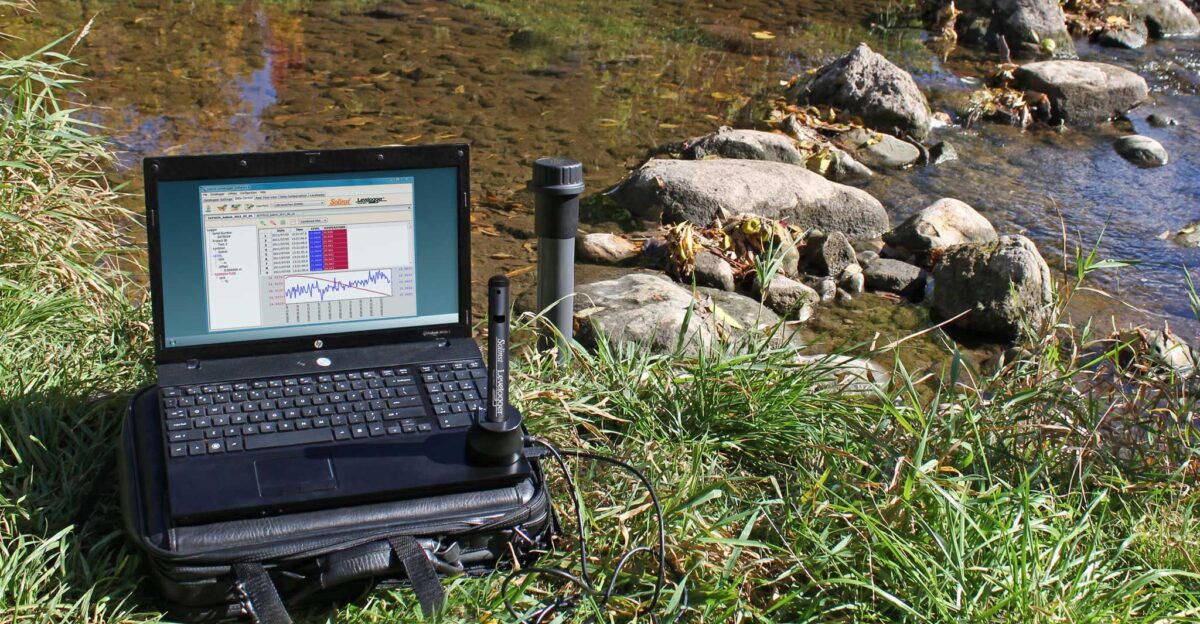
Scientists combined groundwater sensors with geological surveys to piece together an unexpected story. Beneath the salt crust lies a pressurized network of underground channels funneling fresh water into the lakebed. These pressure bursts created circular patches of damp ground, natural vents for life.
“It’s an underground plumbing system we didn’t know existed,” Johnson said in a state briefing. For a lake primarily associated with desiccation, the discovery rewrote what researchers thought possible in this environment.
Technology Lifts the Curtain
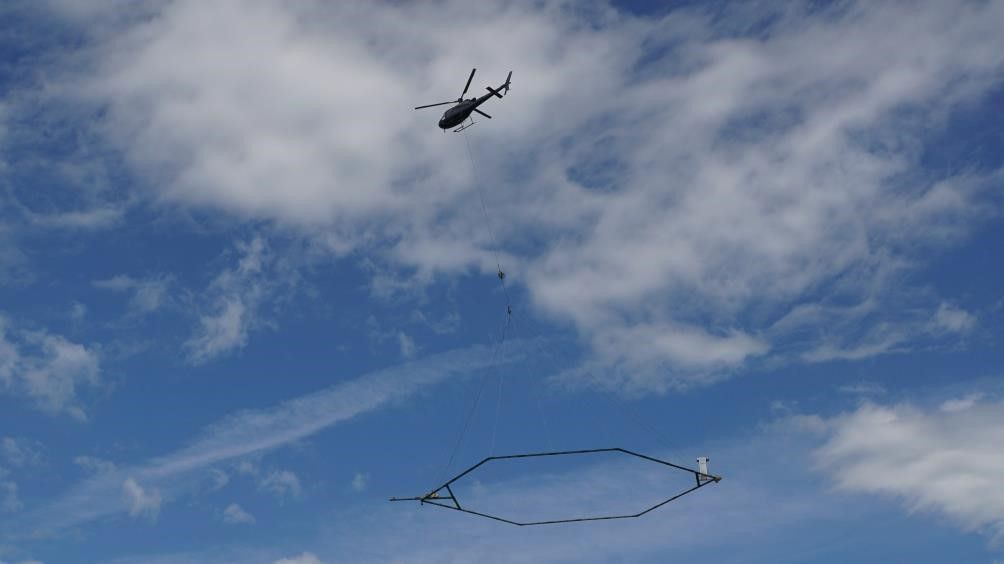
Scientists used advanced tools like resistivity meters, electromagnetic surveys, and drone-based imaging to see further underground. These instruments allowed researchers to build 3D models of the aquifers below the playa. What they found surprised them as some water-bearing zones extended more than 10,000 feet beneath the lake.
Such depths challenged earlier assumptions about how much groundwater lies under one of the saltiest lakes in the hemisphere. For the first time, technology revealed the scale of a hidden reservoir shaping the lake’s future.
Tracing the Source of the Water
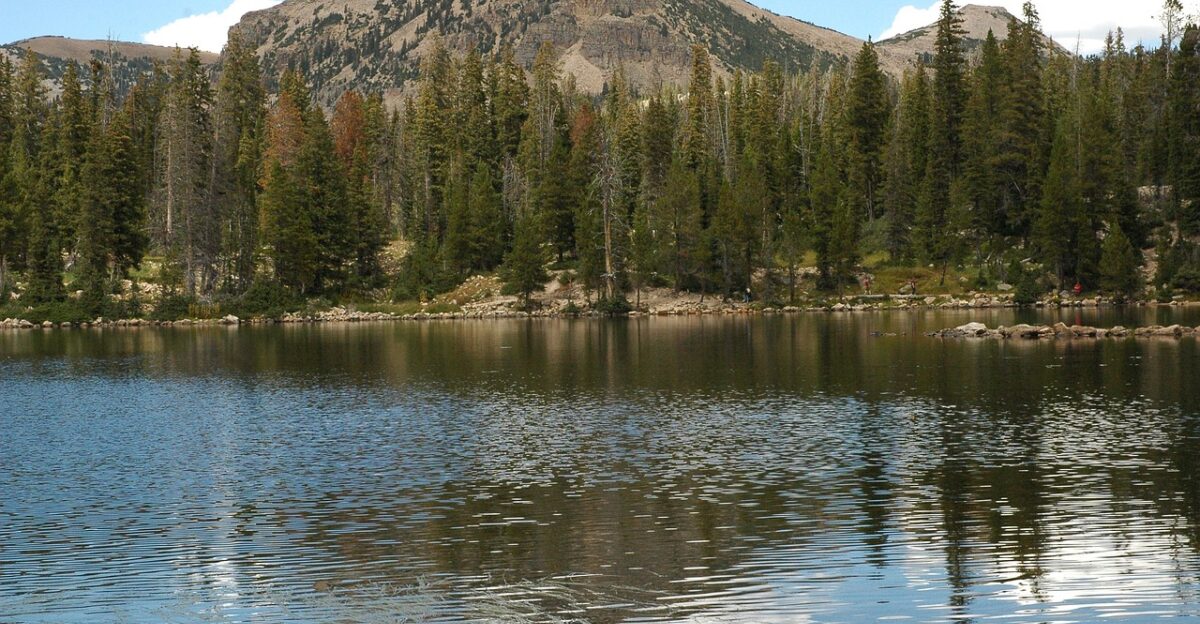
Testing the islands’ water showed it wasn’t simply runoff from nearby rivers or rainfall. Isotope analysis suggested links to ancient groundwater, likely recharged by the Wasatch Mountains but moving through deep, complex channels.
The chemistry pointed to a mix of modern inputs and older reserves stored underground for centuries. Scientists said the findings highlighted little about subsurface water movement in the Great Basin, adding new urgency to the debate over how the lake’s ecosystem can be preserved.
Phragmites – Symptom and Threat

Often viewed as invasive, Phragmites reeds became both a signal and a concern. Their vigorous growth revealed abundant fresh water and threatened to crowd out native plants. Ecologists with the Utah Division of Wildlife Resources said the reeds signal hidden water but also threaten native wetlands.
The paradox reflected the Great Salt Lake, where life persists under extreme and contradictory conditions. What makes the islands thrive could just as easily destabilize ecosystems struggling to hold on.
Islands as Unexpected Habitat
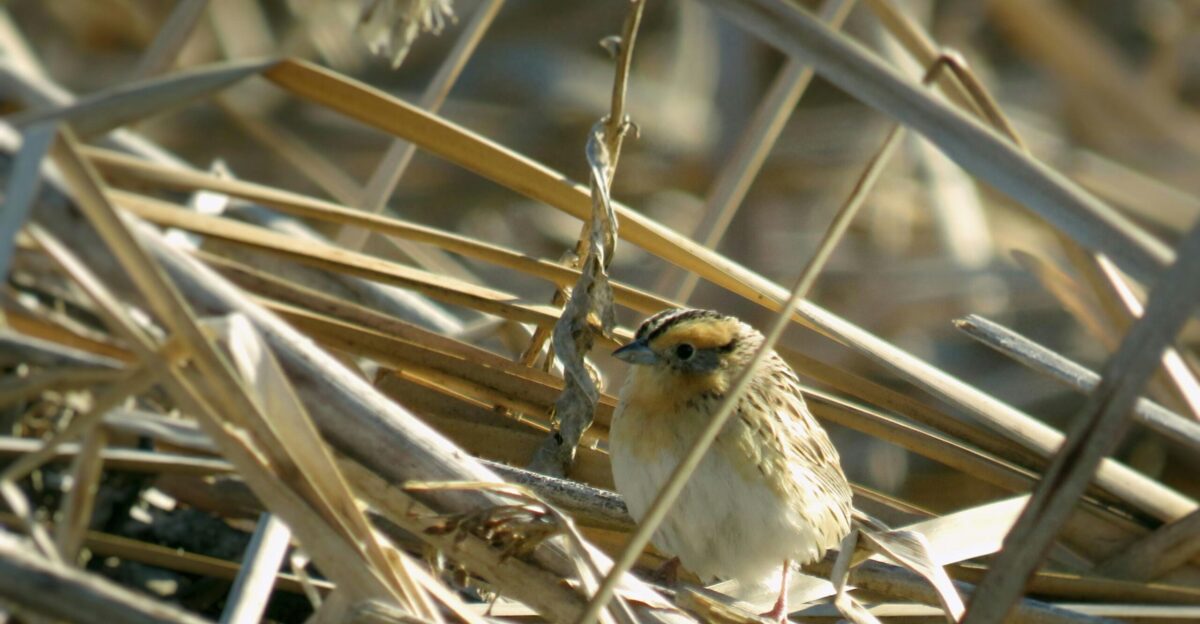
The reed mounds didn’t just host plants; they attracted wildlife. Birds landed, invertebrates swarmed, and microbes colonized the damp soils. For creatures struggling in shrinking wetlands, the islands offered refuge. Biologists began monitoring whether these new habitats could serve as stepping stones for declining species.
Early surveys suggested waterfowl and shorebirds were nesting in areas they had abandoned years earlier. The lake, once thought too depleted to support them, was suddenly reshaping its own ecology through surprising new niches.
Migrating Birds Shift Their Patterns
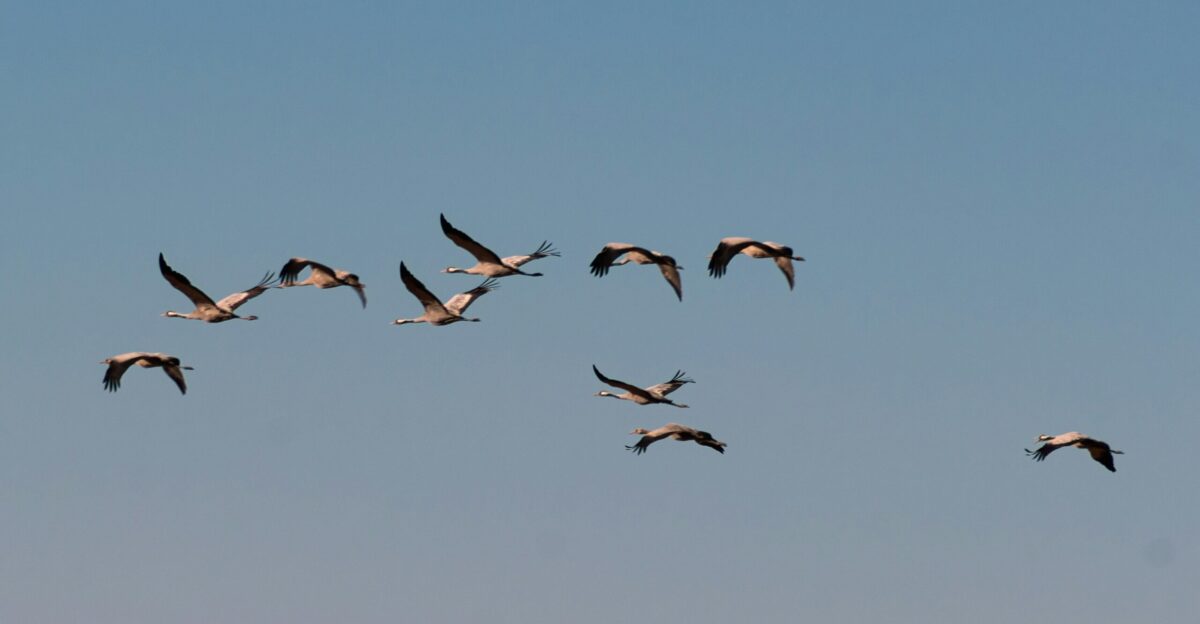
The Great Salt Lake supports over 250 bird species on their migratory journeys. As the islands emerged, ornithologists recorded changes in migration routes and stopover timing. Some species took advantage of new food supplies around the mounds, including brine flies and shrimp. Others bypassed former wetlands now dry.
Researchers compared the shifts to a “real-time experiment in adaptation,” with winners and losers among bird populations. The islands became a living laboratory for how wildlife responds when landscapes transform under ecological stress.
Microscopic Architects of Survival
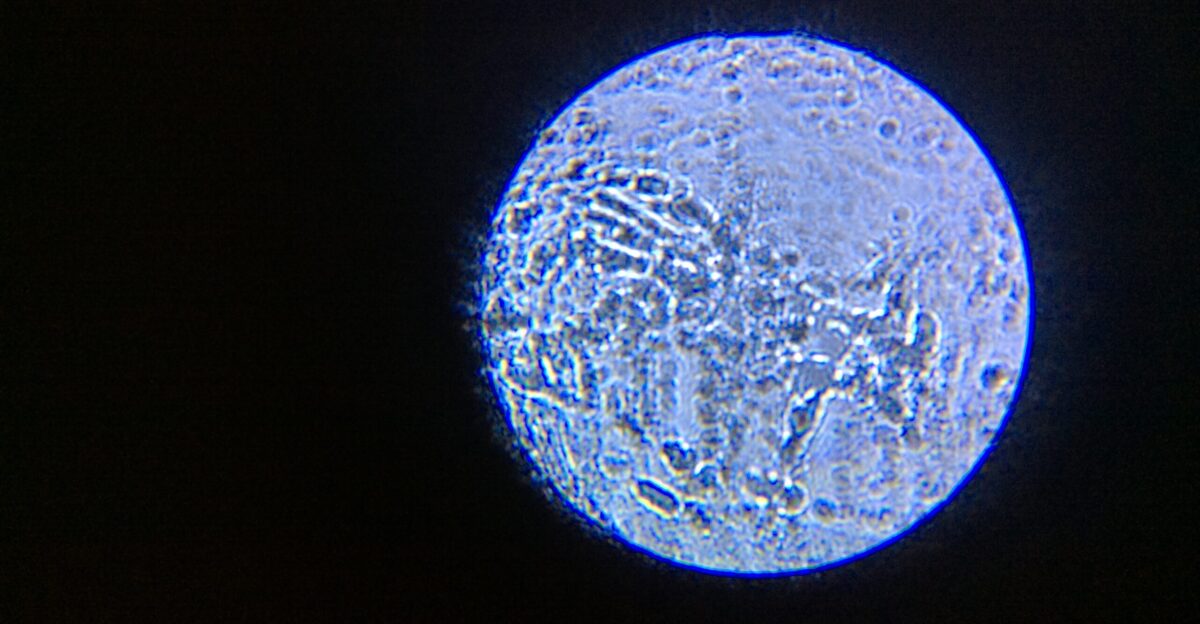
Beneath the visible reeds lies an invisible world. Microbes, essential to the lake’s food web, cluster uniquely around the islands. Salinity gradients created by the freshwater vents foster communities of halophiles and extremophiles rarely seen elsewhere.
Microbiologists speculate that entirely new species could be discovered. Studying these microbes may yield broader insights into how life adapts to extreme environments—knowledge with implications ranging from climate change to the search for extraterrestrial ecosystems.
Shorelines in Constant Flux
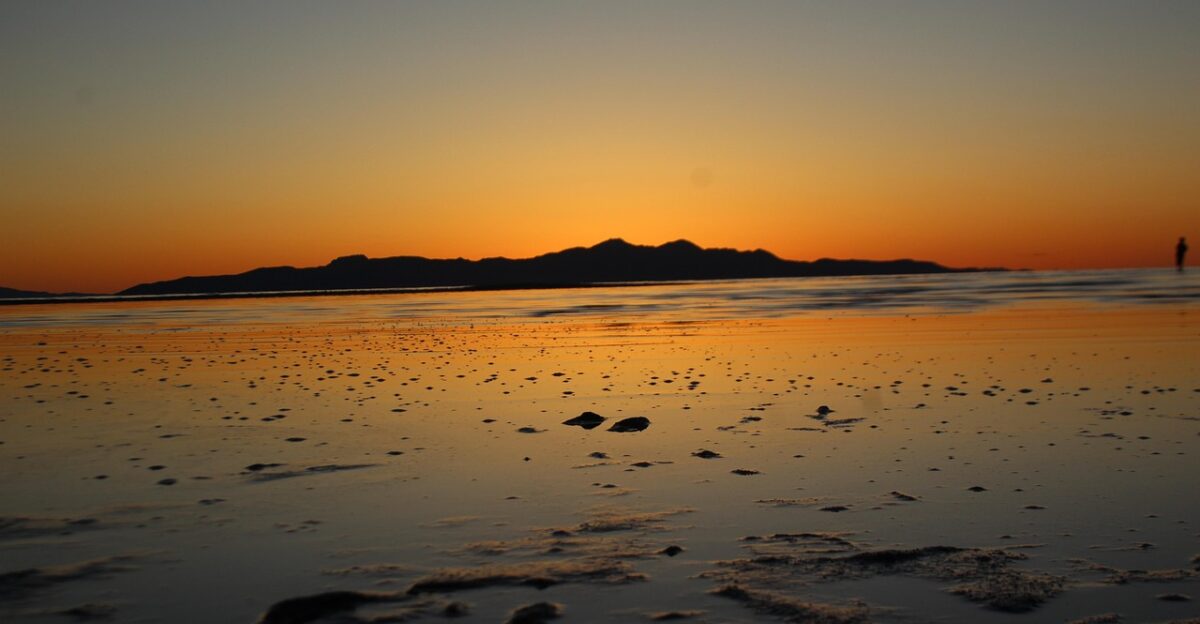
Because the Great Salt Lake is remarkably shallow, even minor water level drops dramatically shift the shoreline. With each retreat, islands appear or vanish, making the landscape dynamic and unpredictable. One season might reveal dozens of reed patches; the next could bury them again under rising waters.
This instability complicates monitoring efforts and underscores the fragile balance shaping the lake. For scientists, each year offers a new natural experiment as the playa redraws its own map.
Dust Becomes Utah’s New Challenge
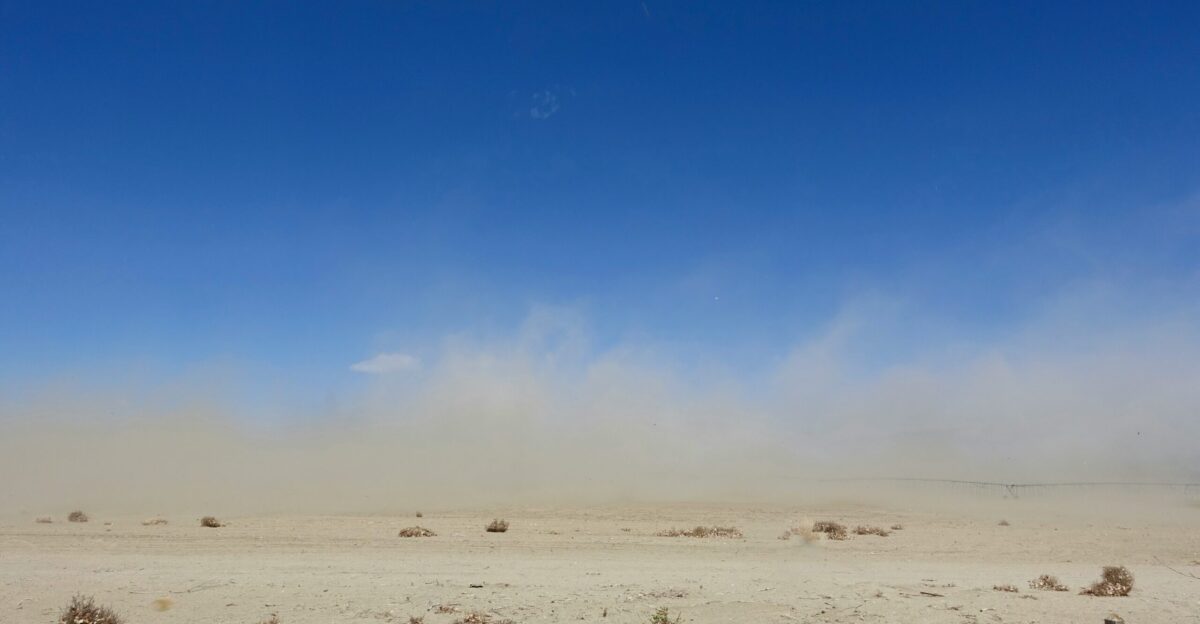
The exposed lakebed has fueled growing dust storms, raising health concerns for nearby communities. University of Utah researchers reported that dust from the playa contains arsenic and other harmful elements, worsening air quality.
Some researchers wondered whether living islands could stabilize parts of the crust, reducing erosion. But others warned that altering the water flow might backfire. The balance between oasis and hazard is precarious. As one state scientist noted, “Every new island is both a gift and a risk.”
Groundwater’s Role Reconsidered
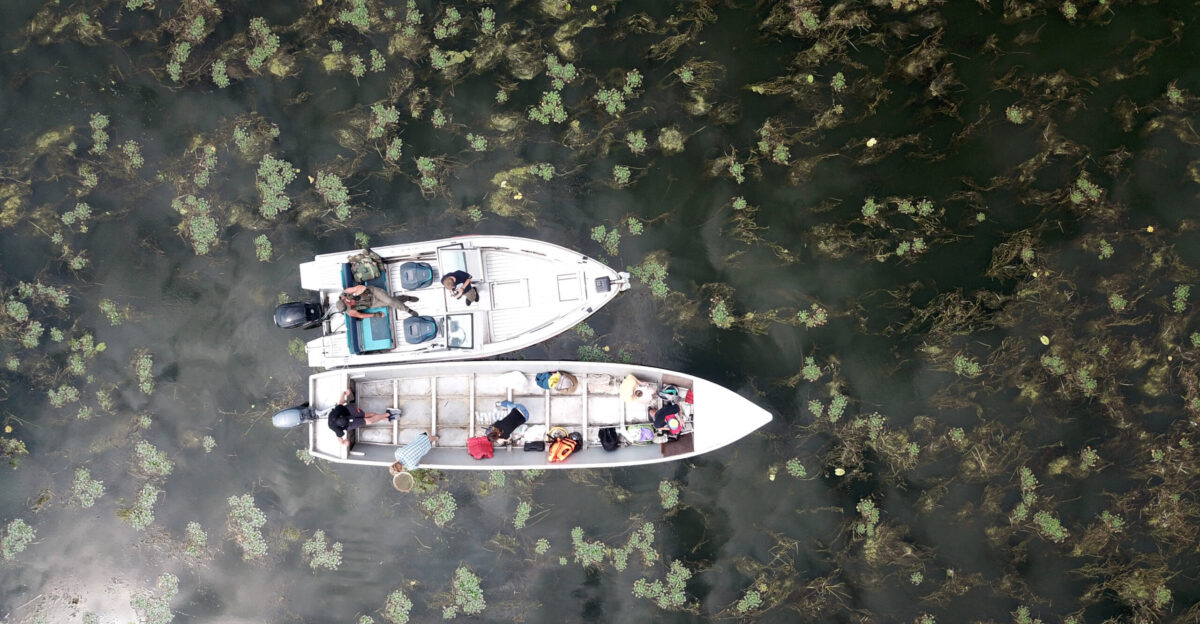
For decades, scientists assumed groundwater comprised less than 3% of the Great Salt Lake’s water budget. According to hydrologists at Utah State University, new evidence now suggests it could account for more than 12%. The findings fundamentally change how water managers must plan restoration strategies.
If groundwater plays a larger role than expected, protecting recharge zones in the mountains and valleys feeding the lake may be as crucial as regulating surface inflows from rivers.
Science Advances With New Tools
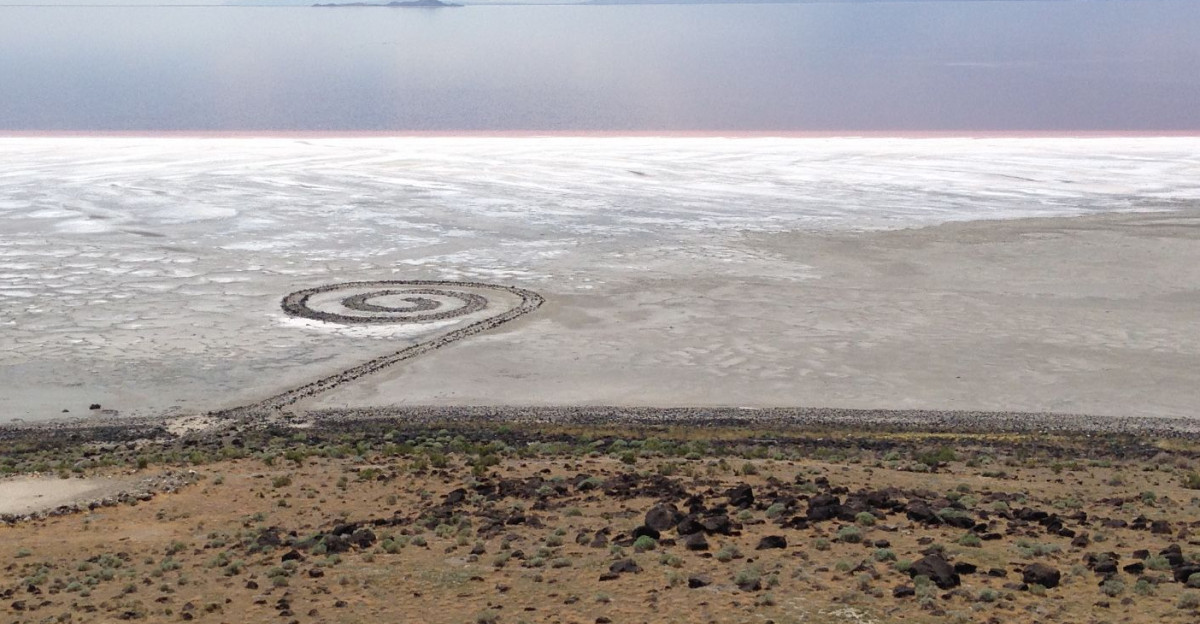
Emerging technologies have transformed the study of the Great Salt Lake. Electromagnetic mapping, isotope tracing, and automated sampling systems allow researchers to pinpoint where and how groundwater moves beneath the playa.
Collaborative teams of geologists, ecologists, and policy experts are interpreting the findings. Their work opens public debate over whether the lake’s hidden waters should remain untouched or be used strategically to stabilize wetlands and combat dust storms.
A Fragile Balance
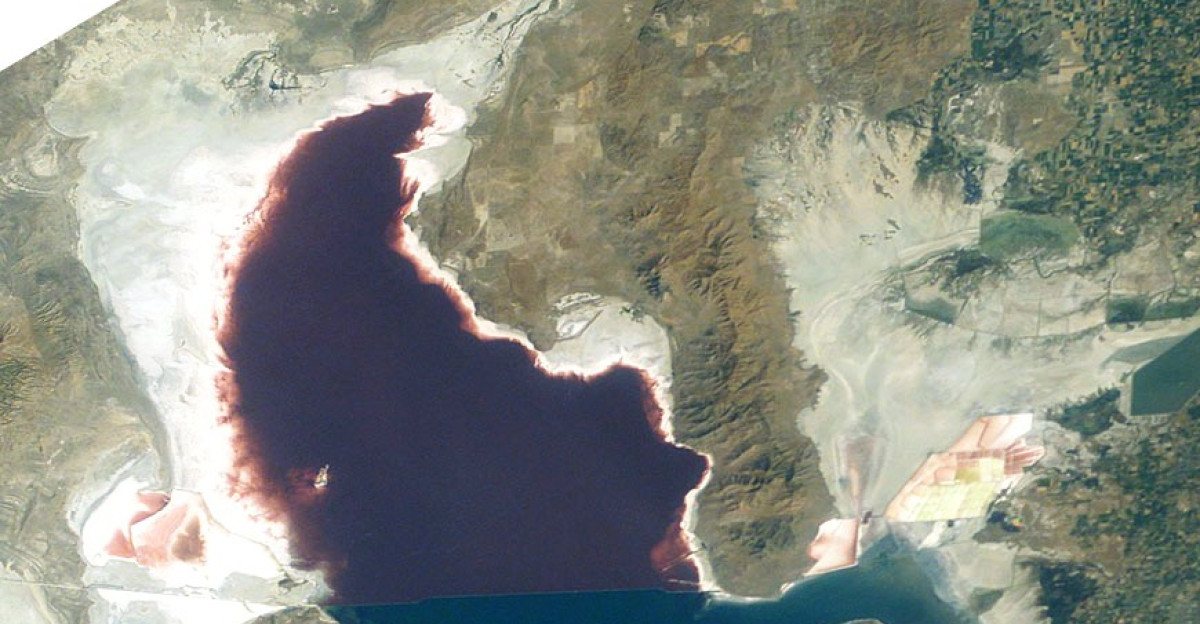
Despite the excitement, scientists caution against quick fixes. “This is much more fragile than we thought,” Johnson said in a 2025 briefing to state agencies. Freshwater vents are easily disrupted, and overuse could collapse the delicate system.
Conservation groups emphasize restraint, warning that what appears abundant may be finite. The islands’ survival depends on geological and ecological balances that human intervention could swiftly unravel. Protecting the phenomenon may be as critical as understanding it.
Policy Choices Ahead
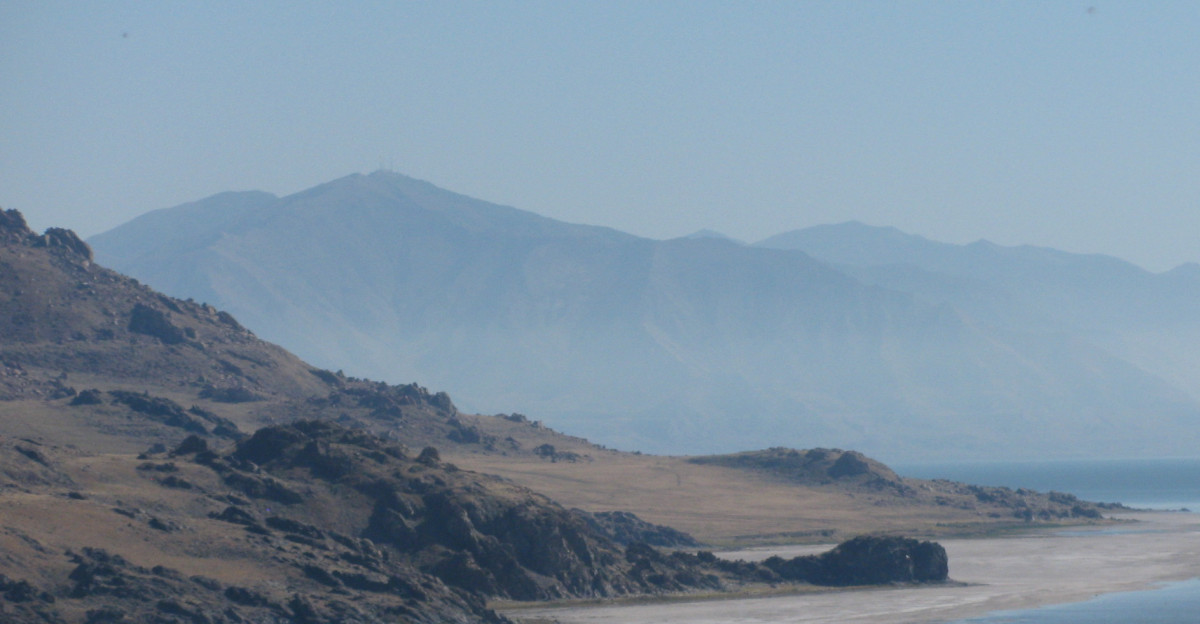
Utah policymakers now face tough questions. Should groundwater-fed islands be left untouched as scientific wonders? Or should they be managed to address dust, wetlands, and water shortages?
Researchers have urged caution, advising officials to prioritize restoring natural inflows from rivers and preserving recharge areas. Every new island adds complexity to the debate, highlighting the stakes as public health concerns and ecological crises deepen around the shrinking Great Salt Lake.
Unanswered Questions Drive Research
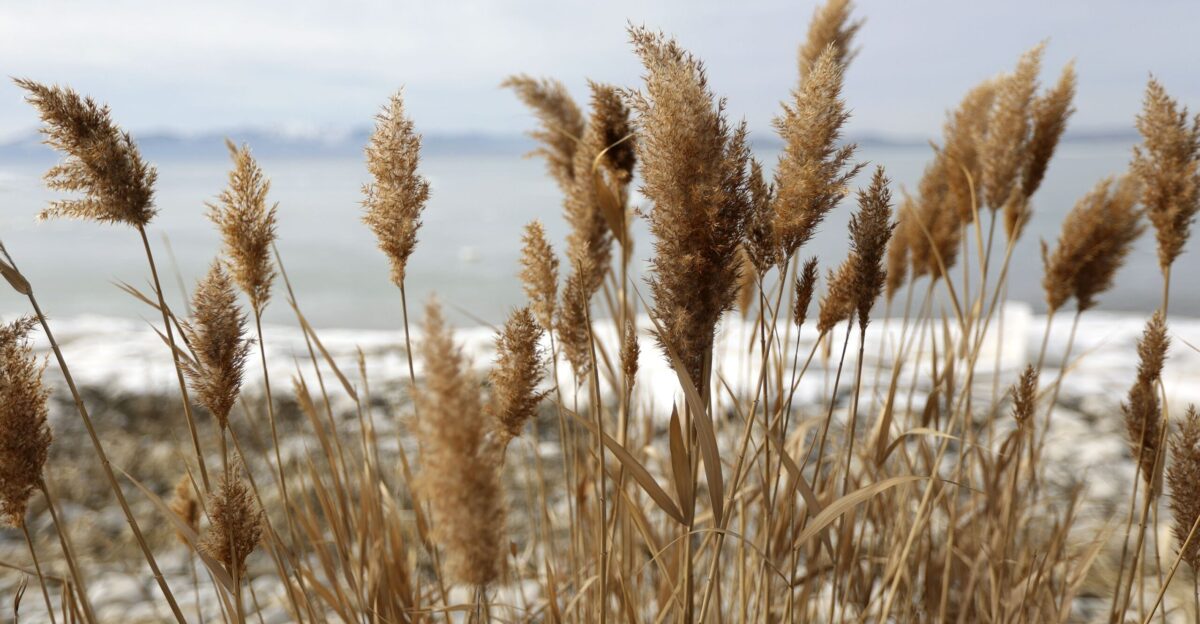
Key mysteries remain unresolved. Where exactly does the groundwater originate? How long will the reed islands persist? Could human efforts to harness the water backfire? Findings presented at the 2025 Goldschmidt Conference suggested much more study is needed.
For scientists, the urgency is apparent: Without rapid, transparent research, regional change could accelerate beyond control. Each discovery brings new questions, fueling ongoing investigations into one of America’s most enigmatic ecosystems.
Wonders and Warnings From the Lake
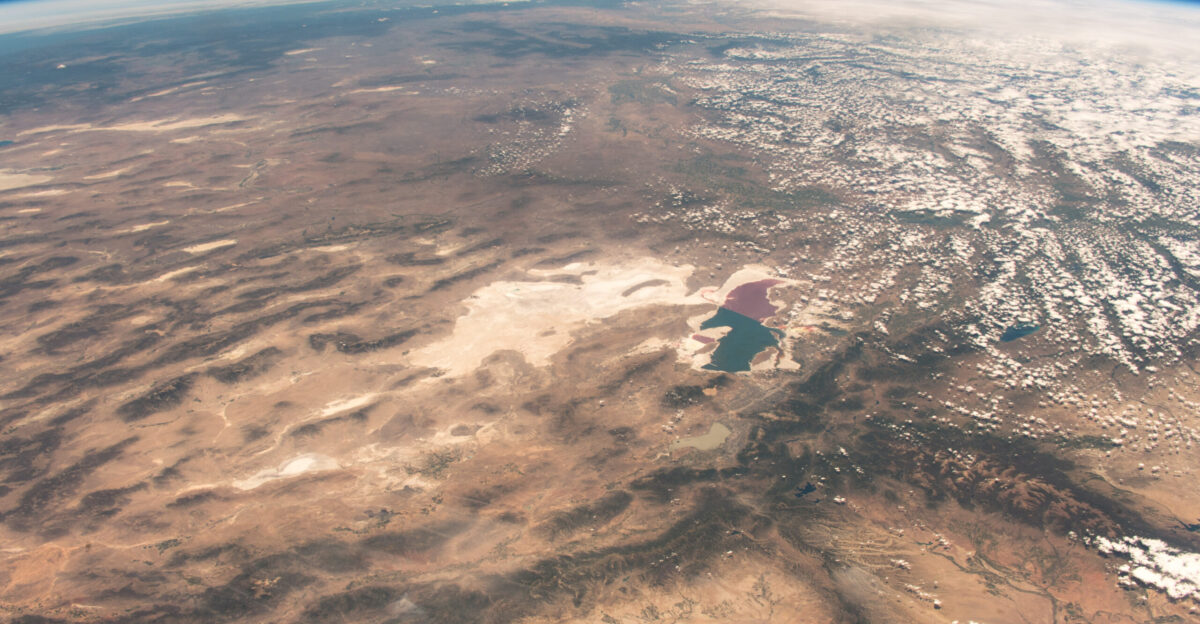
The Great Salt Lake’s reed islands are breathtaking, improbable, and fragile. They remind Utahns that nature continues to surprise, even as the lake faces its most significant threats. Each patch of green is both a beacon of resilience and a warning sign of instability.
Scientists and locals alike now see the shrinking inland sea in a new light: not just as a place of loss, but as a place inventing new possibilities. Whether those possibilities endure depends on choices made today.